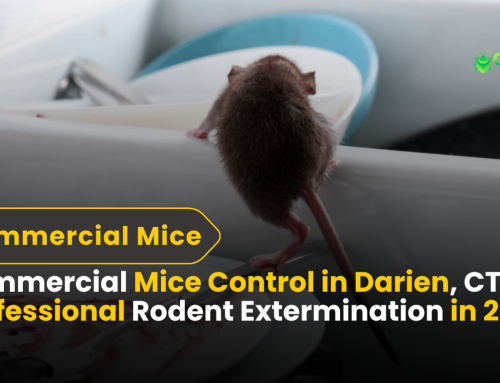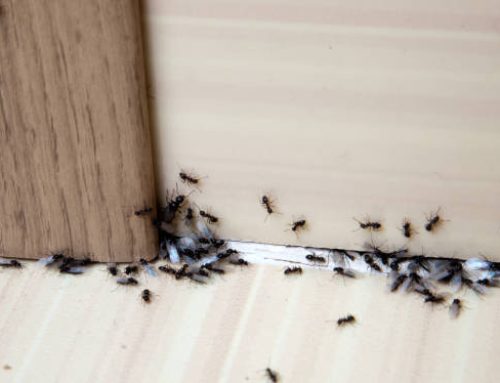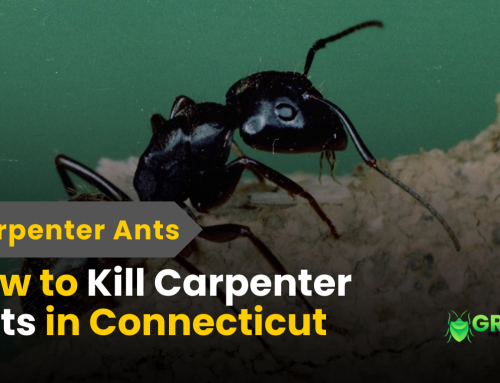The Hidden Life of Yellow Jacket nests
Hidden within the fabric of our natural environment is a complex process that is one of nature’s most beautiful but misunderstood processes: the yellow jacket. Yellow jackets are known for their black and yellow markings and strong defenses, building nests that serve as both shelter and fortresses. Join us as we explore the hidden world of yellow jacket nesters, discovering their patterns, behaviors, and the ecological role they play. The yellow jacket nest is more than a home. These are complex engineering marvels created by colonies of social wasps. Understanding their nesting behavior not only provides insight into their survival strategies but also reveals their importance in the ecosystem. Let’s uncover the mystery behind these nests and learn more about these often misunderstood insects.
Inside the Secret World of Yellow Jacket Nests
Yellow jacket nests are surprisingly common and are often hidden in unexpected places. These aggressive insects are known for their distinctive black and yellow markings and powerful spines that make their nests both attractive and potentially dangerous.
Yellow Jacket Habitats
Yellow jacket nests can be found in many places, from underground caves to interior Wall cavities of buildings. They are often made from materials such as chewed wood Fibers are mixed with saliva to create a layer in which the wasps live and raise their young.
The Hidden Life of Yellow Jacket Colonies
Every yellow jacket colony begins with a nesting and egg-laying queen. Worker ants, all sterile females, then take control of the nest and expand it throughout the summer. By late summer, there may be hundreds or thousands of individuals in a group, making them strong and able to defend their territory.
Yellow Jacket Nest Insights
Yellow jacket nest construction begins in the spring when the queen bee is looking for a suitable place to establish her colony. It builds a small nest and lays eggs that later form the first generation of worker ants. As the colony grows, so does the nest, with new layers added as needed to accommodate the expanding colony.
Structures of Survival
Yellow jacket nests are not only residences but also fortresses. A similar layering the system provides protection against predators and harsh weather, while the rigid behavior of the members ensures that the nest is protected against all perceived threats
Mysteries of Yellow Jacket Nesting Behavior
Yellow jackets exhibit attractive nesting behavior that reflects their social structure and survival strategies. They communicate via pheromones, manage food supply and nest maintenance, and defend their nests against intruders.
Homes of the Aggressive Flyers
Encountering a yellow jacket nest can be stressful due to their fierce defensive behavior. The surrounding temperature produces alarm pheromones, causing many workers to resist the perceived threat. It is important to be vigilant in areas where yellow jackets are known to nest, especially in late summer when yellow jacket populations peak.
In the Heart of the Swarm
Yellow jacket nests remain busy during the warmer months when swarming activity is active. During this time, worker ants search for food, care for the larvae, and protect the nest. Understanding their seasonal behavior can help reduce human-wildlife conflicts and ensure safety when exploring natural areas.
Yellow Jacket Nests: Nature’s Engineering Marvels
Despite their small size, yellow jackets exemplify the concept of construction. The careful layering of chewed wood fibers by ant colony members creates a stable and thermally efficient structure that supports their social life and keeps them alive through seasonal changes.
Final thoughts
Yellow jacket nests represent an even balance between design and survival strategies. From their humble beginnings in the spring to their settlement in late summer, these burrows become a hub of activity and activity. Although their preservation may cause alarm, appreciating the craftsmanship behind their nests can give us a newfound respect for this animal. As we continue to explore and study yellow jacket nests, let’s also remember their role in pollination and insecticide for the biodiversity of our ecosystem. By understanding and respecting their habitats, we can live in harmony with these fascinating insects and enjoy the wonders they bring to our natural world.










